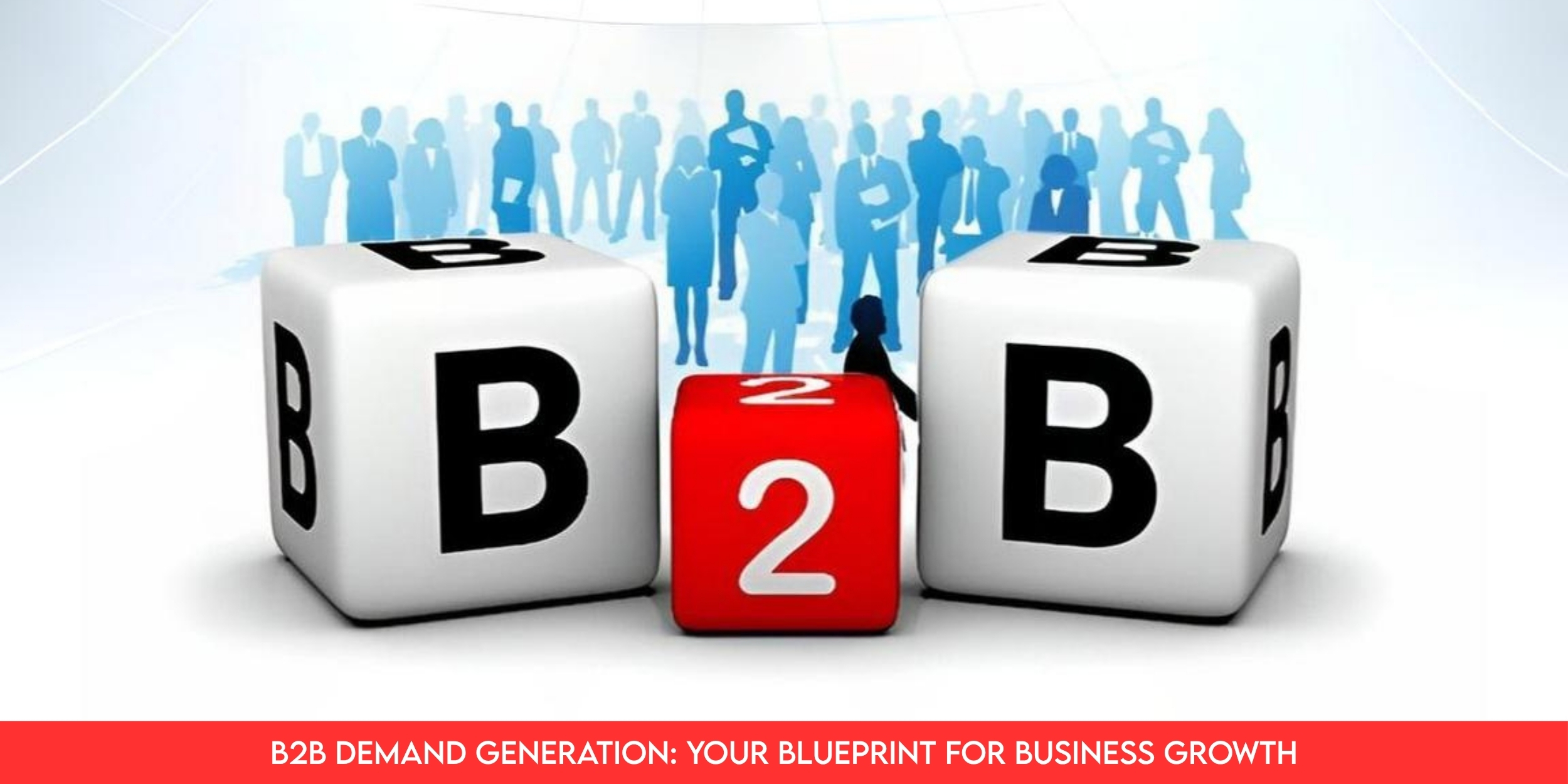
Introduction
Imagine this: your ideal client is sitting at their desk, scrolling LinkedIn during a short break. A 30-second clip interrupts the monotony, shows a real problem they face, and then offers a solution so clearly, they feel, “this company gets me.” That little spark is the power of a well-crafted short video in a B2B world.
In a space where decision-makers are drowning in long reports, dense white-papers, and endless webinars, one concise, high-impact clip can break through. In this article, you’ll discover why embracing short videos is not a gimmick, it’s a strategic shift. You’ll see how to use it, what to avoid, and how to measure success. Because in B2B, emotion still matters. And relevance wins.
What is Short-Form Video in a B2B Context?
Let’s define our terms clearly. When I say short-video, I mean content that’s typically under 60 seconds, often vertical or native to mobile feeds, designed for quick consumption and high engagement. Many marketers use “short-form video” interchangeably.
In the B2B world, it isn’t about silly dances or viral pranks (unless that suits your brand). It’s about delivering a meaningful message quickly: a demo, a behind-the-scenes peek, a customer success snapshot, a bold stat that speaks to a pain point. As one analyst noted: “Short bursts of content that are concise yet informative can capture attention quickly.”
So when we talk about short video here, we’re talking minimal time, maximum relevance.
Why It Matters for B2B
Problem
Your B2B audience is overloaded. They have fifteen tabs open, endless email threads, multiple stakeholders to satisfy, and maybe three minutes to spare for content that actually matters. Traditional long-form formats (white-papers, 20-minute webinars) are losing grip.
Why It Matters
Attention span is shrinking. If you don’t grab someone in the first 3-5 seconds, they scroll past. For example, one article shows that platforms where short-form video dominates can deliver significantly higher engagement.
Higher ROI for short formats. According to reports, short-form video delivered the highest return on investment of any social strategy in B2B recently.
Humanising the brand. B2B often feels cold and technical. A short clip showing real people, real problems, and real solutions brings color back in. For example: “short-form videos help B2B companies… humanizing brands in a way that other content can’t.”
Scalability and reach. These videos are more shareable, easier to repurpose, fit mobile first. So your message travels further, faster.
If you ignore short video, you risk being invisible or worse, irrelevant.
How Short-Video Can Be Applied Effectively
Here’s how to apply short video across the funnel for B2B, with three major “moves”.
Awareness Stage: Make them stop scrolling
Start with a hook: an unexpected stat, a problem statement your target recognizes. E.g.: “60 % of enterprise buyers switch vendors after poor onboarding. What if you could stop that?”
Show the pain quickly, hint at the solution, and invite “learn more”.
Use mobile-friendly format: vertical/portrait, captions (many watch muted)
Platforms: TikTok, Instagram Reels, LinkedIn feed videos. For B2B, LinkedIn matters.
Example: 30-second clip – “Here’s one onboarding error your team will never admit. Fix it in 3 steps.”
Consideration Stage: Build trust and authority
Use a short video to deliver a micro-lesson: “2 things that cost SaaS teams 22 % more renewal churn”.
Use a real spokesperson, customer testimonial, and behind-the-scenes.
Keep it focused: one message. As one guide says, “The short-form video’s impact lies in its ability to capture attention quickly while delivering a clear, focused message.”
End with a clear CTA: download a white-paper, book a demo.
Decision Stage: Move them to action
Use short case study or social proof: “See how Company X grew ARR by 37 % after switching to our platform” (15-30 seconds).
Use an embedded clickable link (if the platform allows) or direct to the landing page.
Use repeated formats: a series of 30-second clips highlighting different benefits or stakeholder voices.
Key Best Practices + Pitfalls to Avoid
Best practices:
Format for mobile: vertical, captions, first 3 seconds strong.
Focus on one idea per video. Avoid trying to explain 5 benefits in 15 seconds.
Humanize your message: show people, not just features.
Repurpose content: cut longer videos, webinars into shorter clips.
A/B test lengths, hooks, platforms (you’ll learn what resonates).
Pitfalls to avoid:
Creating a clip that feels like you just posted your 30-minute webinar trimmed to 30 seconds. That doesn’t fly.
Neglecting platform norms (tone, visuals). What works on TikTok may not work on LinkedIn.
Ignoring distribution. Good video + no reach = wasted effort.
Skipping analytics. You must measure views → engagement → CTR → conversion.
Story Snap
Here’s a real-world moment: A mid-sized SaaS firm was struggling to engage enterprise prospects. They switched one white-paper into a 45-second short video: a customer success clip with quick stat, problem, solution, CTA. They posted it on LinkedIn and Instagram. Within a month, engagement climbed 5x on LinkedIn posts, and demo requests increased by 18%. They realized prospects were willing to stop and watch 30-45 seconds when the message was crisp and then clicked through.
That shift from long form to one clear, emotional, problem-solution clip changed how they viewed content creation.
Measuring Success & ROI
You implemented your short-video strategy. Now you have to prove it works. Here’s how:
Track views, watch-through rate, engagement (likes/comments/shares), click-through rate (CTA), conversion to lead/demo.
Link the video performance with your CRM so you can attribute leads/conversions.
Compare against your baseline: Are short videos outperforming your longer content or other formats? Many B2B marketers found that short-form video had a higher ROI.
Use learnings to iterate: Which hooks work? What length? What platform?
Be realistic: Not every short video goes viral, but consistency plus optimization wins.
FAQs
Q1. What is the ideal length for a short video in B2B?
Best practice suggests 15-60 seconds, depending on platform and objective.
Q2. Can B2B companies use TikTok or is it only for B2C?
Yes, B2B can use TikTok or similar platforms, but they must tailor style, tone, and message for relevance. The platform mechanics still apply.
Q3. How many short videos should we produce?
Rather than aiming for an exact number, focus on regular cadence: weekly or bi-weekly is better than one big video once a quarter. Consistency builds awareness.
Q4. Do we need a big budget to use short videos?
No. Many effective short videos are produced with a minimal budget. The key is clarity of message, a strong hook, a good mobile format, and optimization, not necessarily Hollywood production.
Q5. What metrics matter most for short-video in B2B?
Watch-through rate, engagement, click-through to a landing page/offer, leads generated, conversion rate from video-driven traffic.
Conclusion
Short video is not a trend; it’s a shift in how B2B audiences consume content. You can no longer assume your decision-maker will sit through a 20-minute webinar before you earn the right to their attention. Instead: hook them fast, deliver value, then guide them to the next step.
Start small: pick one topic, craft a 30-second clip, distribute it where your audience is, and measure the result. Then scale.
Your move: choose your first short-video topic this week. Write the one-sentence hook. Pick the platform. Film and publish. See what happens.




